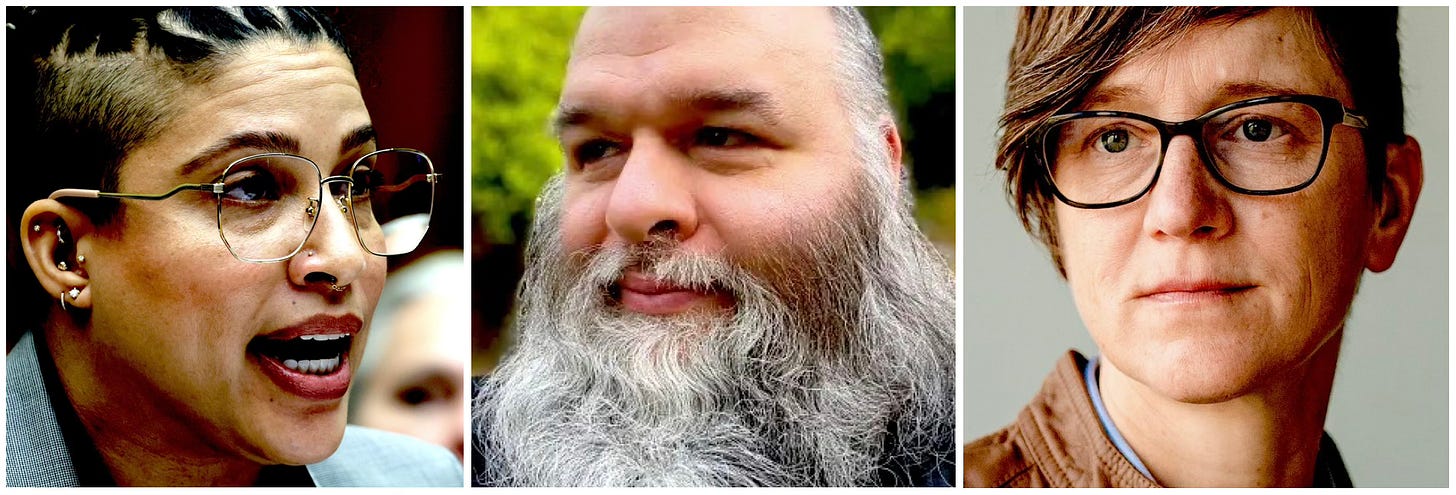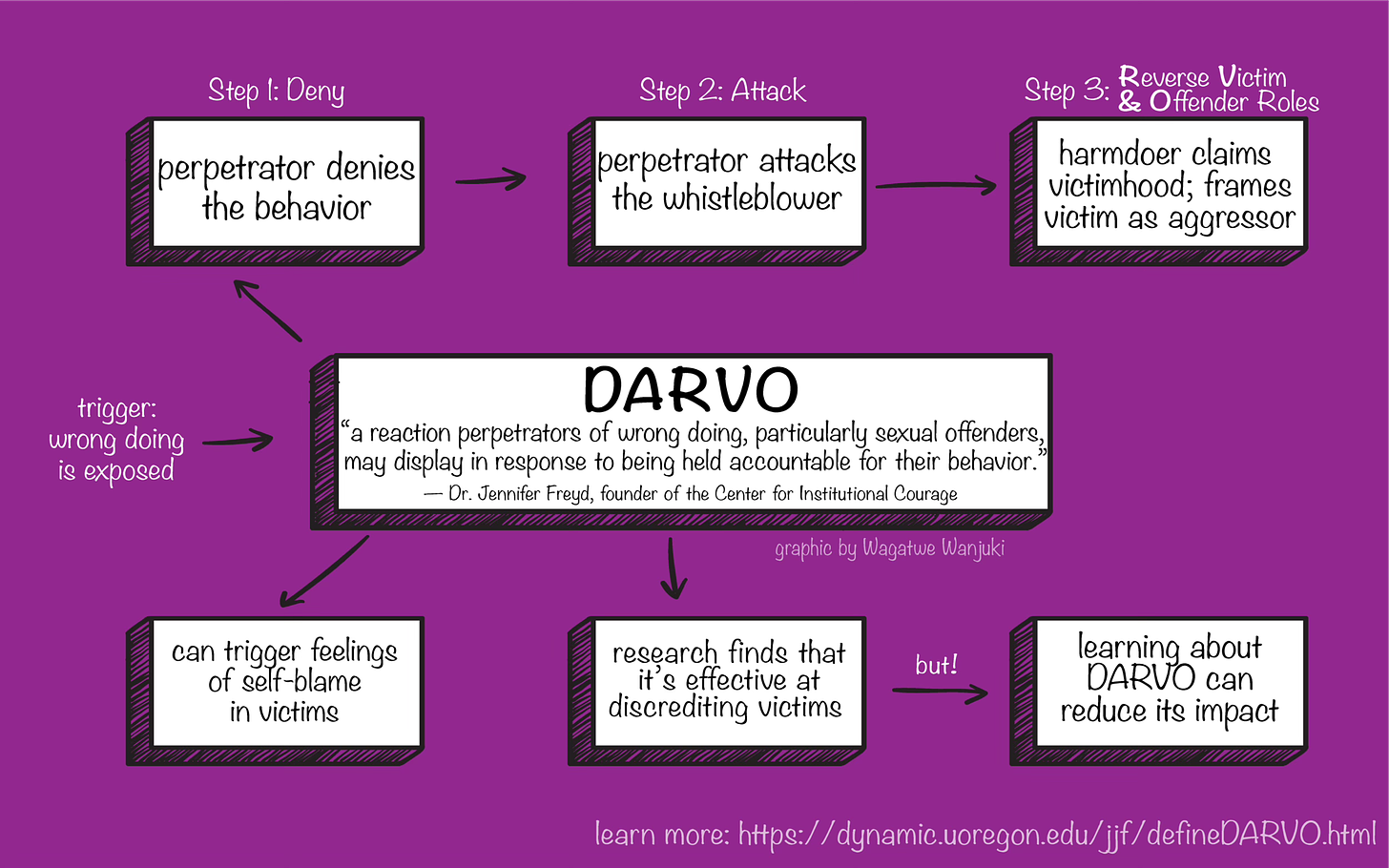By ALEX GUTENTAG, MICHAEL SHELLENBERGER, AND MATT TAIBBI

Over the last few weeks, Public and Racket have reported extensively on the role of US and UK military contractors in establishing the Censorship Industrial Complex. Thanks to a whistleblower, we discovered a missing link in the development of censorship tools and techniques: the Cyber Threat Intelligence League (CTIL).
There is much new information for our readers to keep track of, but our main findings are straightforward.
The CTIL Files show that censorship and anti-disinformation tactics were deeply partisan and that these tactics were just one part of a larger influence strategy. The overarching counterpopulist strategy included sophisticated offensive measures derived from military techniques, including psychological operations, developed abroad since World War II. We discovered that several Department of Defense (DOD) and Department of Homeland Security (DHS) employees participated in CTIL’s disinformation team. Other operatives within the group were closely connected to the Trump-Russian collusion hoax.
All this points to a story that goes far beyond censorship. What we are discovering is a far-reaching counterpopulist agenda. The evidence suggests that after the election of Donald Trump in 2016, “information warfare” and counterterrorism tactics designed to combat foreign threats were turned against the domestic population.
Now, CTIL has chosen to respond to our research. How CTIL has responded gives important insights into how to end, or at least significantly reduce the influence of, government-led censorship and counterpopulist influence operations.
In a new statement, CTIL says it “had no relationship with Stanford or the Election Integrity Project [Partnership]. There was no communication between the CTI League and those organizations.”
But Public and Racket never claimed that there was a direct relationship between CTIL and Stanford or the Election Integrity Partnership (EIP). We wrote that CTIL’s partnership with the DHS Cybersecurity and Infrastructure Security Agency (CISA) appeared to be a precursor for EIP.
We also noted that Renée DiResta, one of EIP’s leaders, was a member of the working group that developed the Adversarial Misinformation and Influence Tactics and Techniques (AMITT) framework with one of CTIL’s disinformation team leaders, Sara-Jayne Terp.
CTIL also argues that our reporting misrepresented the organization. “The league was focused on the defense of healthcare alone,” they wrote. “Non healthcare related topics such as the election were stated as being out of scope.”
This is not true. The league’s disinformation team expanded its scope beyond Covid to consider alleged misinformation about topics related to political extremism. This is evidenced by documents Public and Racket uncovered showing CTIL’s desire to infiltrate far-right groups.
“The volunteers in the CTI League are private citizens with no special authorities,” claims the group’s statement, apparently authored by Marc Rogers, who describes himself as a “hacker” and a cybersecurity expert. “They have no power to remove content, no power to censor information, and no power to direct the government.”
That claim is misleading. As we demonstrated, there were CISA and Department of Defense (DOD) personnel present and active in the league’s disinformation team. Some of them specifically discussed trying to get content removed. Others discussed other offensive actions to combat narratives they disliked. And Rogers’ own bio says he has worked as the head of security or strategy for at least two military contractors, CloudFlare and Okta, and LookOut, which works for military contractors.
CTIL also states that it “only created its disinformation team at the request of hospitals,” but Public and Racket found no evidence to support the organization’s creation myth. One of the whistleblowers emphasized that the group offered nothing of value or original to cybersecurity professionals.
CTIL accuses us of antisemitism for reporting that one of its founders, Ohad Zaidenberg, was a former Israeli intelligence officer, but this information comes directly from a Wired article promoting the league in September 2020. “A former intelligence officer with dark hair and a closely cropped beard,” wrote Sonner Kehrt in Wired, “Zaidenberg had left the Israeli army with a deep belief in working for peace. Coronavirus is a war, he thought.”
The league neither provides any evidence to support its claim that Zaidenberg hadn’t worked for the Israeli military nor an explanation of how such a claim would be antisemitic.
CTIL continues to insist that the organization served a critical function and had no influence from government or military contractors, but nowhere in its response statement did it address the military backgrounds of Terp and her associate, Navy Commander Pablo Breuer. As Public and Racket reported, Terp and Breuer met at a US Special Operations Command exercise and developed the initial idea for what would become the league’s disinformation team.
Rogers also made new documents publicly available to exonerate the organization. But those documents confirm what the documents we already released show, which is precisely how expansive CTIL’s monitoring of social media content really was.
As such, the response by CTIL was as damning as our original reporting. This response points to the new weakness of the censors, and how their own denials and excuses will actually help us defeat the Censorship Industrial Complex.
In undermining their own credibility, it has to be asked why Rogers and CTIL bothered responding in the first place?
DARVO, Or, Playing The Victim

